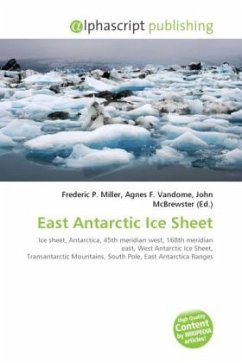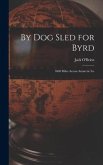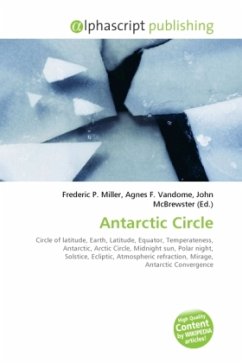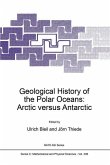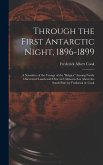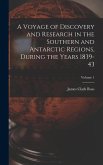High Quality Content by WIKIPEDIA articles! The East Antarctic Ice Sheet is one of two large ice sheets in Antarctica, and the largest on the entire planet. The EAIS lies between 45° West and 168° East longitudinally. The EAIS is considerably larger in area and mass than the West Antarctic Ice Sheet. It is separated from the WAIS by the Transantarctic Mountains. The EAIS rests upon a large land mass, contrary to that of the WAIS, which rests mainly on bedrock below sea level.[citation needed] The EAIS is also home to the thickest point on the Antarctic continent, at 15,700 ft. Most well known, however, is that the EAIS is home to the South Pole. The East Antarctica Ranges are a group of mountain ranges situated on the EAIS. The East Antarctic two-thousanders are the 29 known peaks within these ranges whose summits reach or exceed 2000 meters above sea level. Current international focus on global warming issues has drawn attention to the melting of the polar ice caps. GRACE-based studies data indicate that the EAIS is losing mass at a rate of 57 billion tonnes per year and that the total Antarctic ice sheet is losing mass at a rate of 152 cubic kilometers per year.

